What’s the Best Time to Trade Cryptocurrency?


Table of contents
Cryptocurrency trading is a 24/7 market—unlike stocks, there’s no opening or closing bell. This leads many traders to wonder: “When is the best time to trade cryptocurrency?”
The truth is, timing your trades can make a huge difference in profitability. Trading during periods of high liquidity or increased volatility can provide better opportunities, while poorly timed trades can lead to slippage and losses.
In this guide, we’ll explore the best times to trade crypto, how different time zones affect price movements, and how Token Metrics can help you identify the right moments to enter or exit trades using AI-powered insights.
Why Timing Matters in Crypto Trading
Even though the crypto market never sleeps, trading activity is not equal throughout the day.
- High liquidity: When more traders are active, spreads are tighter, making it easier to enter and exit trades at good prices.
- Volatility opportunities: Price swings create profit potential—but also risk.
- Market overlaps: When multiple regions are active, volume surges.
Knowing when the market is most active can help you reduce trading fees, minimize slippage, and maximize your gains.
The Best Times to Trade Cryptocurrency
1. Overlap Between U.S. and European Markets (1:00 PM – 5:00 PM UTC)
The busiest period for crypto trading is when U.S. and European sessions overlap.
- Why?
- The U.S. is home to major crypto exchanges and institutional traders.
- Europe contributes significant trading volume and liquidity.
- The U.S. is home to major crypto exchanges and institutional traders.
- Benefits:
- Higher volatility for short-term traders.
- Tighter spreads for efficient execution.
- Higher volatility for short-term traders.
This overlap often sees the biggest price movements of the day—perfect for day traders and scalpers.
2. Early U.S. Trading Hours (12:00 PM – 3:00 PM UTC)
The start of the U.S. session brings increased activity from institutional investors and retail traders waking up to market news.
- Best for:
- News-based trades (after U.S. economic announcements).
- Entering/exiting positions with high liquidity.
- News-based trades (after U.S. economic announcements).
3. Weekend Volatility (Saturday & Sunday)
Crypto is unique because weekend trading can be extremely volatile due to:
- Lower liquidity (fewer institutional players).
- Retail-driven price movements.
- Who benefits:
- Swing traders looking for sharp moves.
- Those willing to tolerate higher risk for bigger gains.
- Swing traders looking for sharp moves.
4. After Major News & Events
The “best time” isn’t always about the clock—it’s about market catalysts.
- Regulatory updates.
- Exchange announcements.
- Macro events (interest rate changes, economic data).
These events can cause instant surges or drops—great for traders who react quickly.
Does the Day of the Week Matter?
Yes. Research shows:
- Mondays & Fridays: Often more volatile as traders adjust positions before/after the weekend.
- Midweek (Tuesday–Thursday): Tends to have steady, higher trading volumes.
For swing traders, entering positions midweek may reduce erratic weekend exposure.
How Token Metrics Helps You Trade at the Right Time
Timing trades isn’t just about watching charts—it’s about analyzing multiple data points in real time. That’s where Token Metrics gives you a powerful edge.
1. AI-Powered Trading Signals
Get real-time bullish and bearish alerts based on 80+ data points, helping you know when to enter or exit trades confidently.

2. Narrative Tracking
Our AI monitors emerging crypto narratives (AI tokens, DeFi, RWA, etc.) so you can act before the crowd—crucial for timing market moves.
3. Trader & Investor Grades
Use Trader Grades for short-term opportunities and Investor Grades for long-term positions, aligning your trades with market momentum.

4. AI-Driven Indices
Don’t want to time trades manually? Token Metrics offers auto-managed crypto indices that rebalance based on AI-identified market conditions.

Tips for Timing Crypto Trades
- Trade During High Liquidity Windows: Overlaps between U.S. and European sessions are best.
- Watch for News: Major announcements can create rapid price moves—be ready.
- Avoid Low-Volume Hours: Late-night trading (UTC) often has higher slippage.
- Use AI for Precision: Let Token Metrics guide entry and exit points with data-backed insights.
- Set Alerts: Use Token Metrics’ customizable alerts for price, grades, and signals so you never miss an opportunity.
Example: Using Token Metrics for Timing
Imagine you’re planning to trade Ethereum. Instead of guessing when to enter:
- You use Token Metrics Trader Grades to spot when ETH has strong short-term potential.
- You set AI-powered alerts for price changes and bullish signals.
- You execute your trade during the U.S.-EU overlap when liquidity is highest—reducing slippage and maximizing efficiency.
This data-driven approach takes the guesswork out of timing.
Final Thoughts
So, what’s the best time to trade cryptocurrency?
- Weekdays during the U.S.-EU overlap (1:00–5:00 PM UTC) offer the best liquidity and volatility.
- Early U.S. hours and weekends can also present opportunities—but with higher risks.
- Major news events often create the best entry/exit windows.
But the truth is, there’s no universal “perfect time.” The real key is using data-driven insights to trade at your best time—when probabilities are in your favor.
That’s why Token Metrics is essential for traders. With AI-powered trading signals, narrative tracking, and portfolio management tools, Token Metrics helps you time the market intelligently, not emotionally.
Whether you’re a day trader chasing volatility or a long-term investor, Token Metrics puts the right data at your fingertips—so you can trade with confidence, anytime.

Create Your Free Token Metrics Account




Create Your Free Token Metrics Account





.png)
Power your platform with Token Metrics API
Access real-time crypto data, analytics, and grades.
Get Your Free API KeyCreate Your Free Token Metrics Account


Create Your Free Token Metrics Account














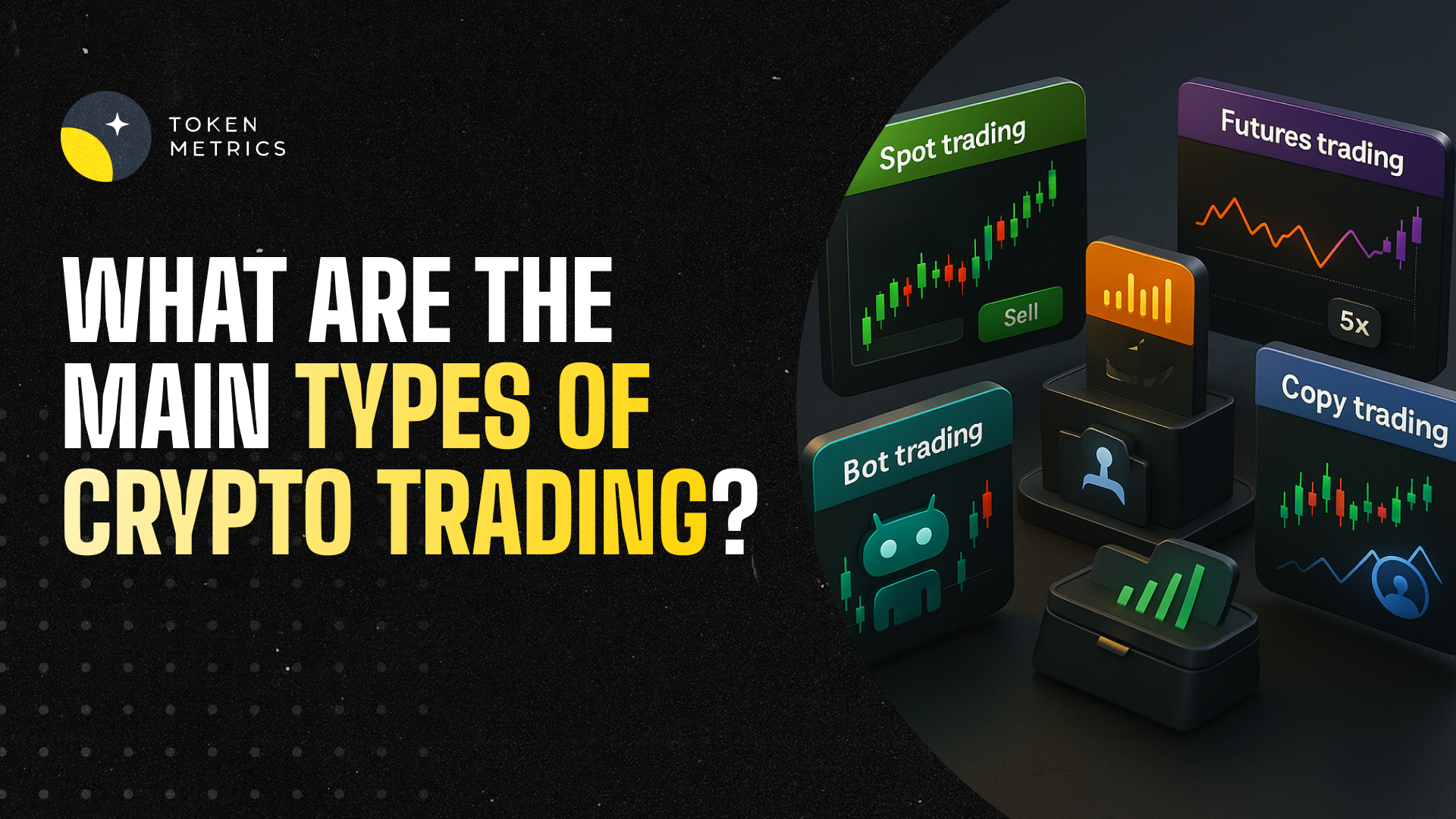
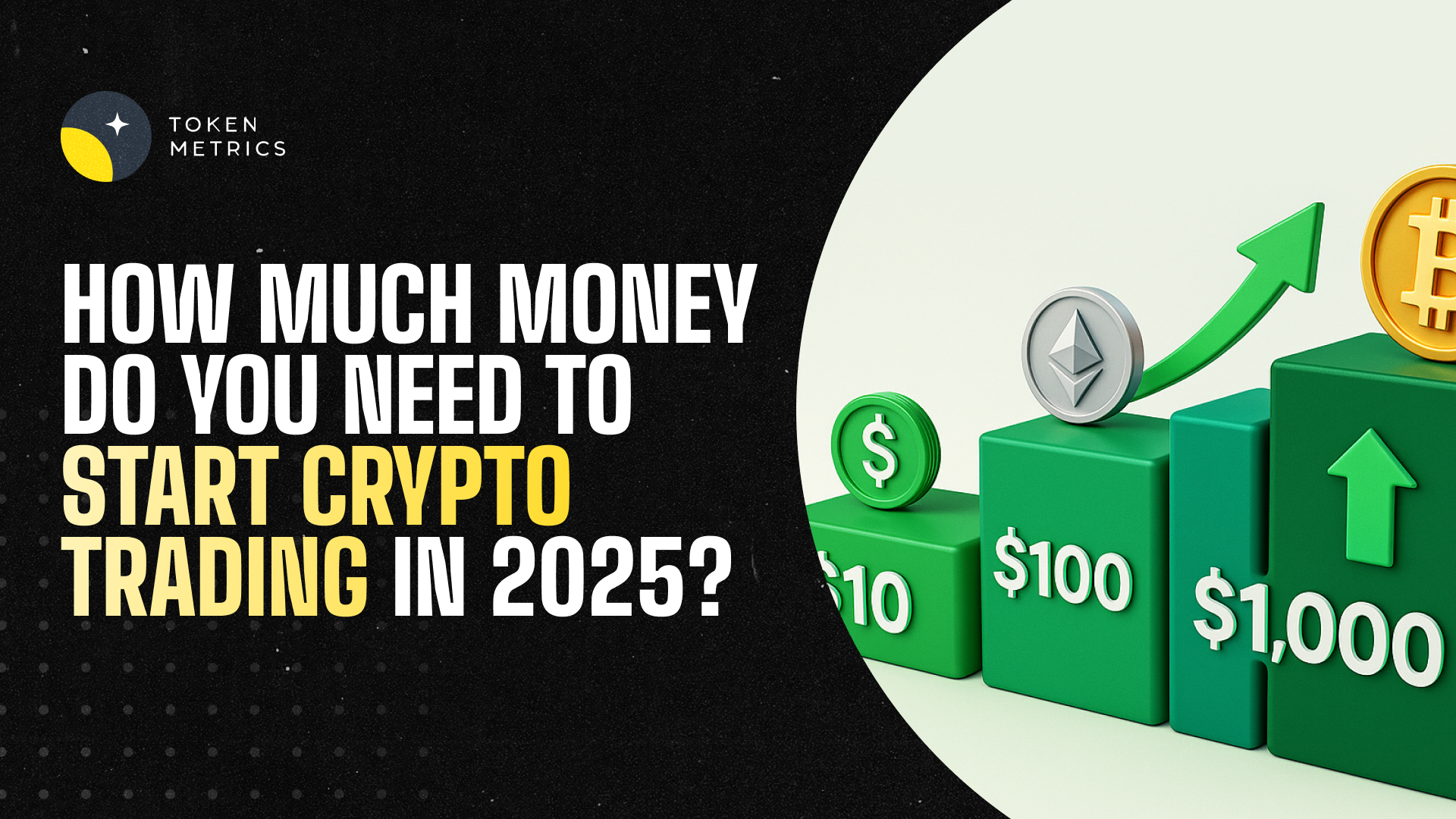
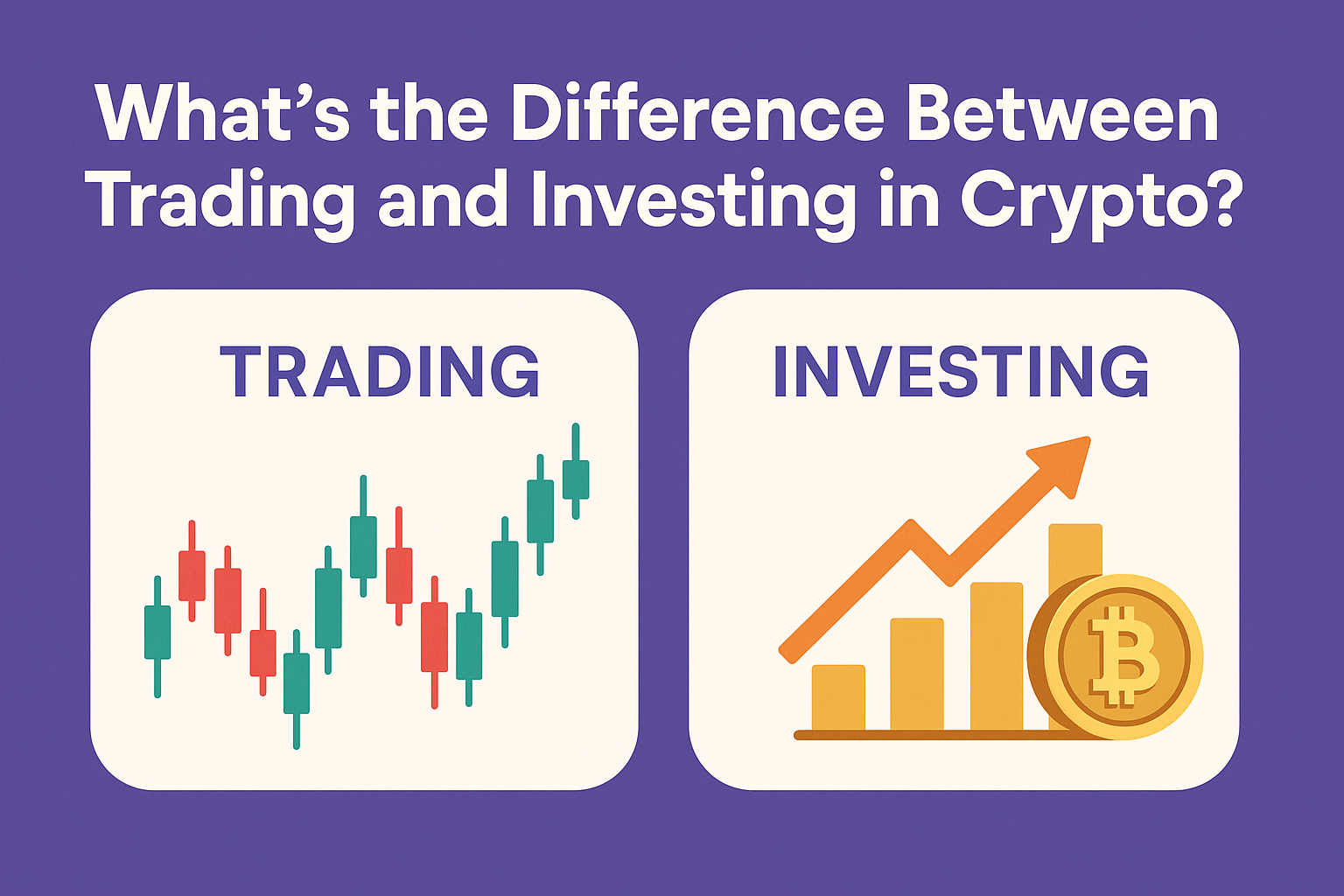
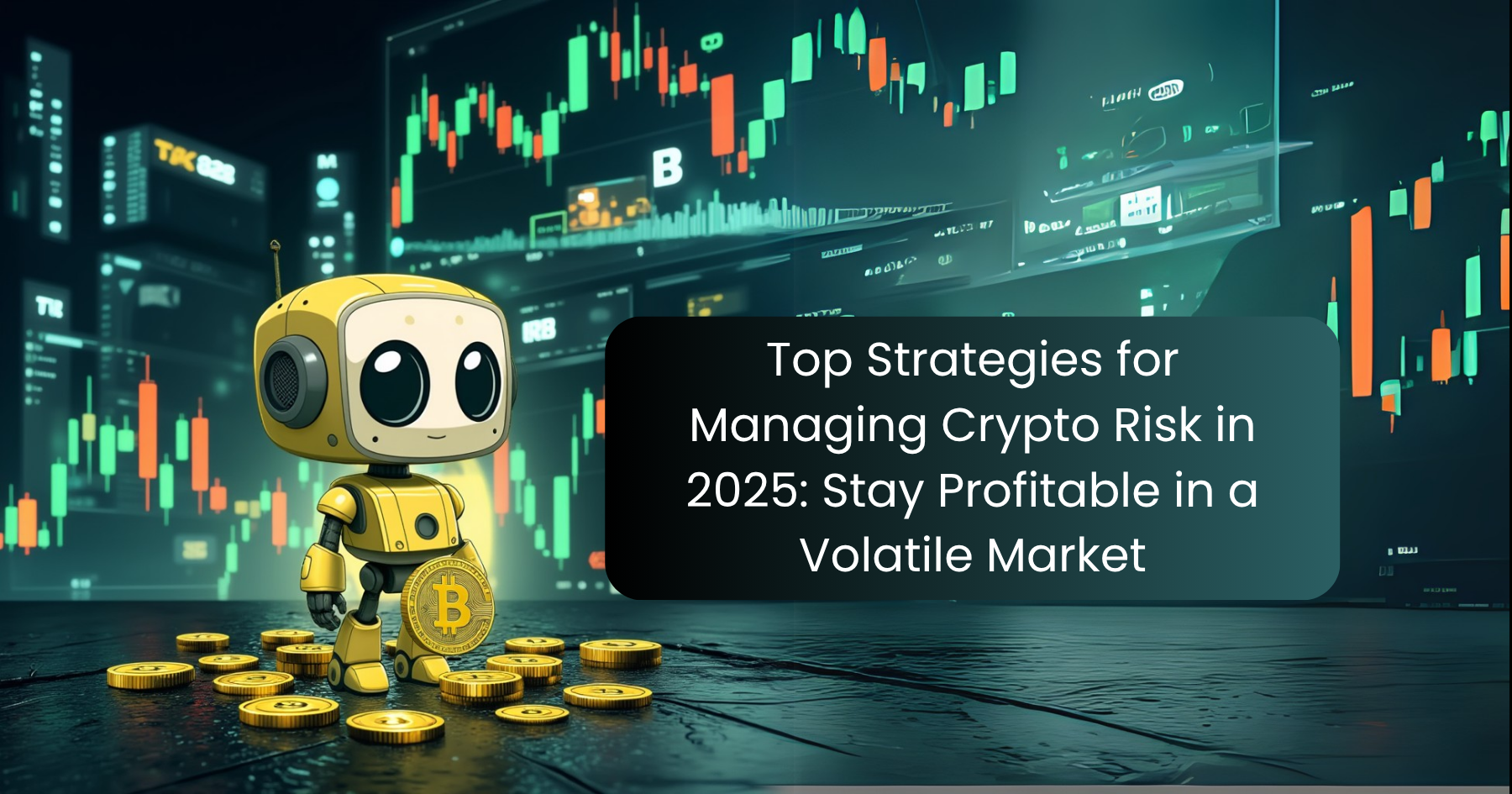
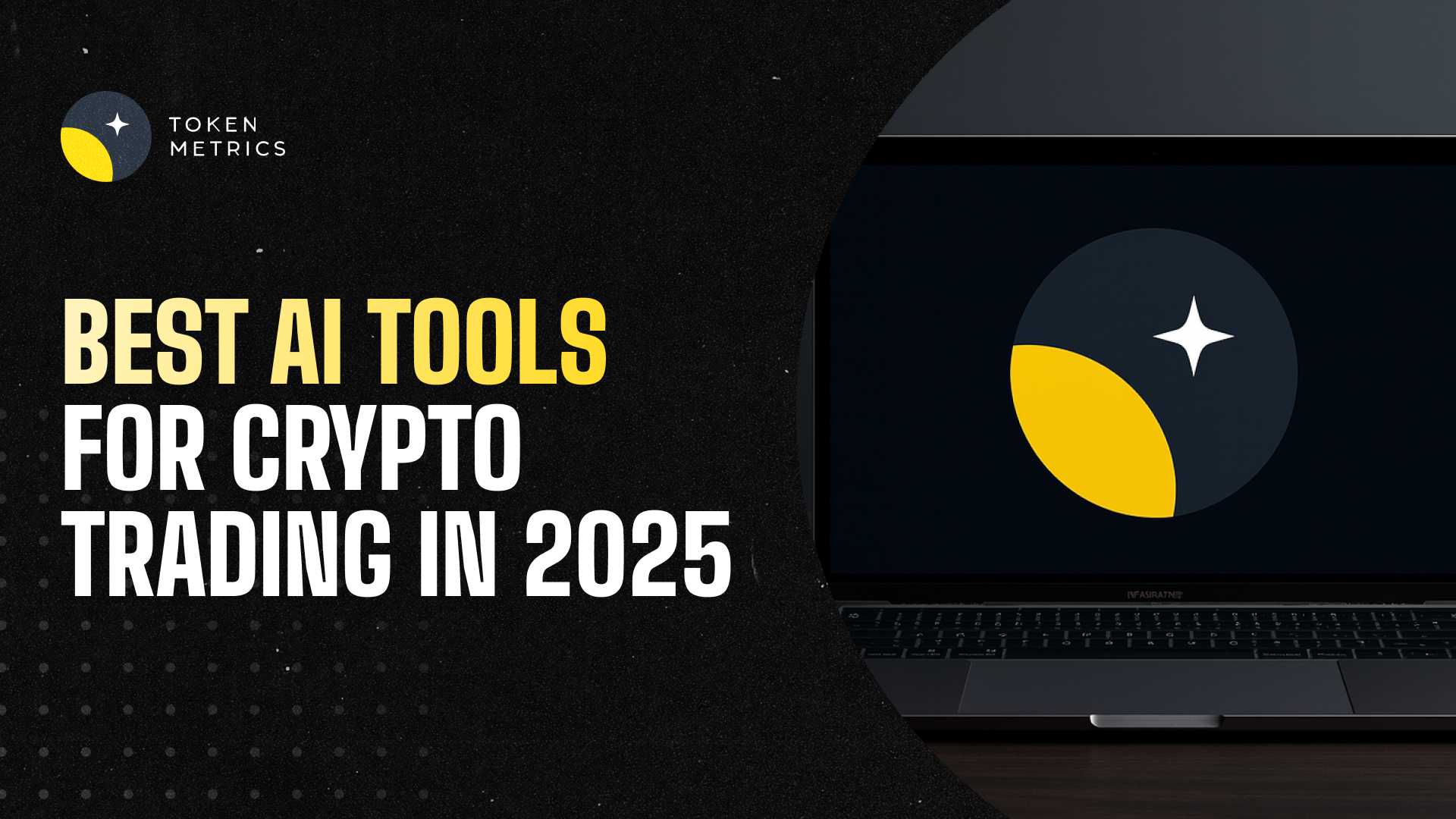

.svg)




.png)